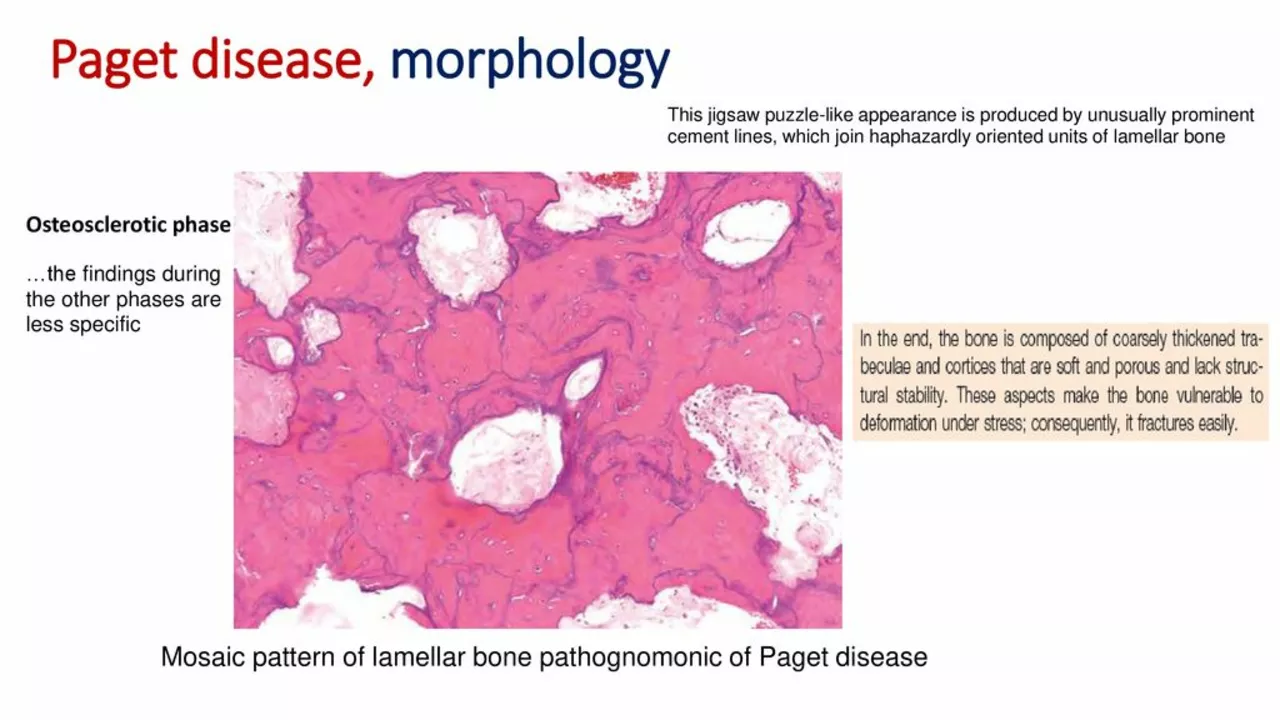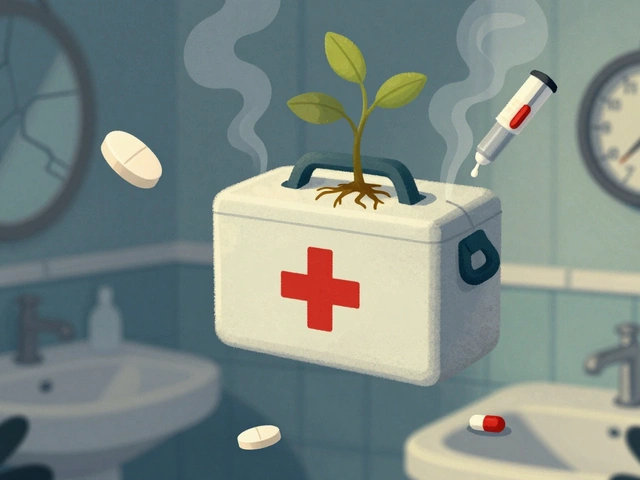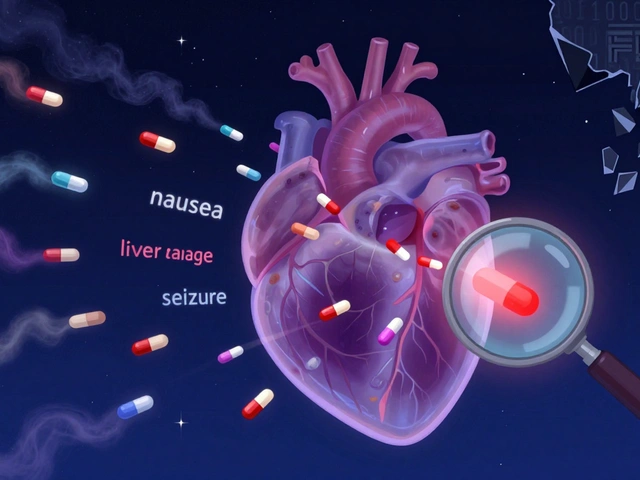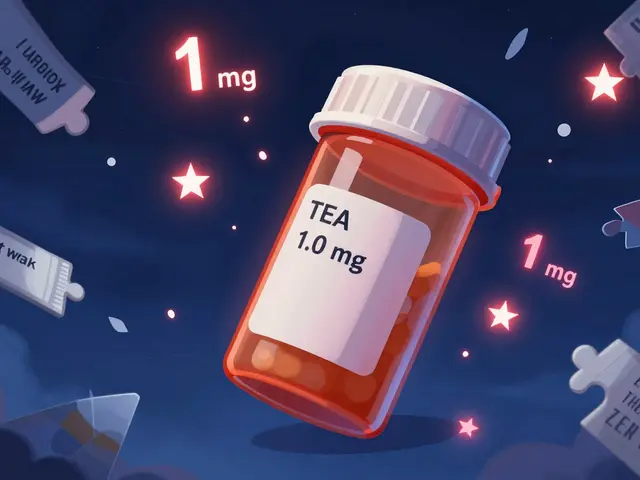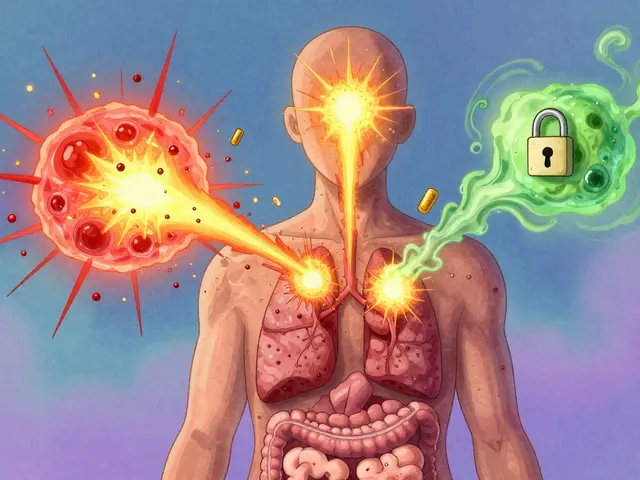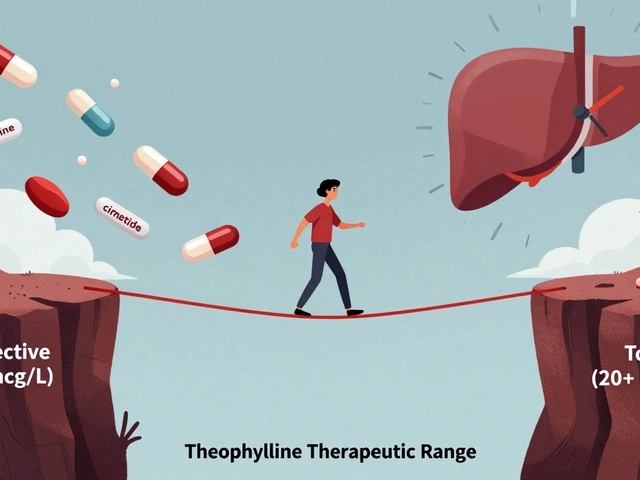Bone Disorder: What to Watch For and What You Can Do
Got a sore back, sudden fracture from a small fall, or bones that feel weak? Those can be signs of a bone disorder. You don’t need to panic, but you should act. This page gives short, useful steps to spot problems, get tests, reduce risk, and safely handle medications or online pharmacy options.
Common bone disorders and red flags
Osteoporosis is the most common — your bones lose density and break more easily. Osteoarthritis affects joints and can feel like grinding or stiffness. Less common issues include Paget’s disease (abnormal bone remodeling), bone infections, and metabolic problems that weaken bone structure.
Watch for these red flags: a low-trauma fracture (like breaking a wrist from a fall from standing height), height loss, a curved spine, or persistent bone pain that doesn’t fit muscle strain. If you have these, see a doctor. Quick action often prevents worse damage.
Tests, treatments, and everyday tips
Simple tests help. A DEXA scan measures bone density. Blood tests check calcium, vitamin D, and hormones. Your doctor may order X-rays or specialist scans if needed. Bring a list of your meds—some drugs affect bone health.
Treatments range from lifestyle fixes to prescription drugs. Basics first: get enough calcium and vitamin D, do regular weight-bearing and balance exercises, stop smoking, and cut heavy drinking. For people at higher risk, doctors often prescribe bisphosphonates (like alendronate), denosumab, or anabolic agents such as teriparatide. These lower fracture risk but come with rules—timing, side effects, and follow-up matter.
Physical therapy helps with balance and strength. Home safety changes—remove loose rugs, add rails, improve lighting—cut fall risk a lot. If you already had a fracture, ask about a fracture liaison service; they coordinate care to avoid another break.
Thinking of medicines or refills online? Be careful. Only buy from pharmacies that require a prescription, show clear contact info, and have third-party verification. Never skip medical advice just to save money. If a price looks too good to be true, that’s a red flag.
If you have long-term conditions—autoimmune disease, steroid use, or hormone issues—talk to your specialist about bone protection. Women approaching menopause and older men should check bone density regularly. Small steps now—vitamin D, walking, balance work—pay off fast.
Want specific articles or guides? Look for pieces about safe online pharmacies, how certain meds interact with bone health, and practical drug guides. Use those resources to compare options and talk with your clinician before changing treatment.
Bones heal slower as we age, but you can still make a big difference. Start with a checkup, get the right tests, fix home hazards, and follow a clear plan with your doctor. That’s how you keep strong, steady bones without guesswork.
The Different Stages of Paget's Disease and How They Affect Your Health
In my recent research on Paget's Disease, I discovered that this bone disorder progresses through different stages, each with its unique impact on our health. The early stages, known as the "lytic phase," involve bone breakdown which can lead to pain, deformity, and even fractures. As the disease progresses to the "mixed phase," new bone formation occurs, but it's disorganized, leading to further complications. In the final "sclerotic phase," the bones become denser but weaker, increasing the risk of fractures and other health issues. It's crucial to understand these stages and seek treatment accordingly to maintain our overall well-being.

